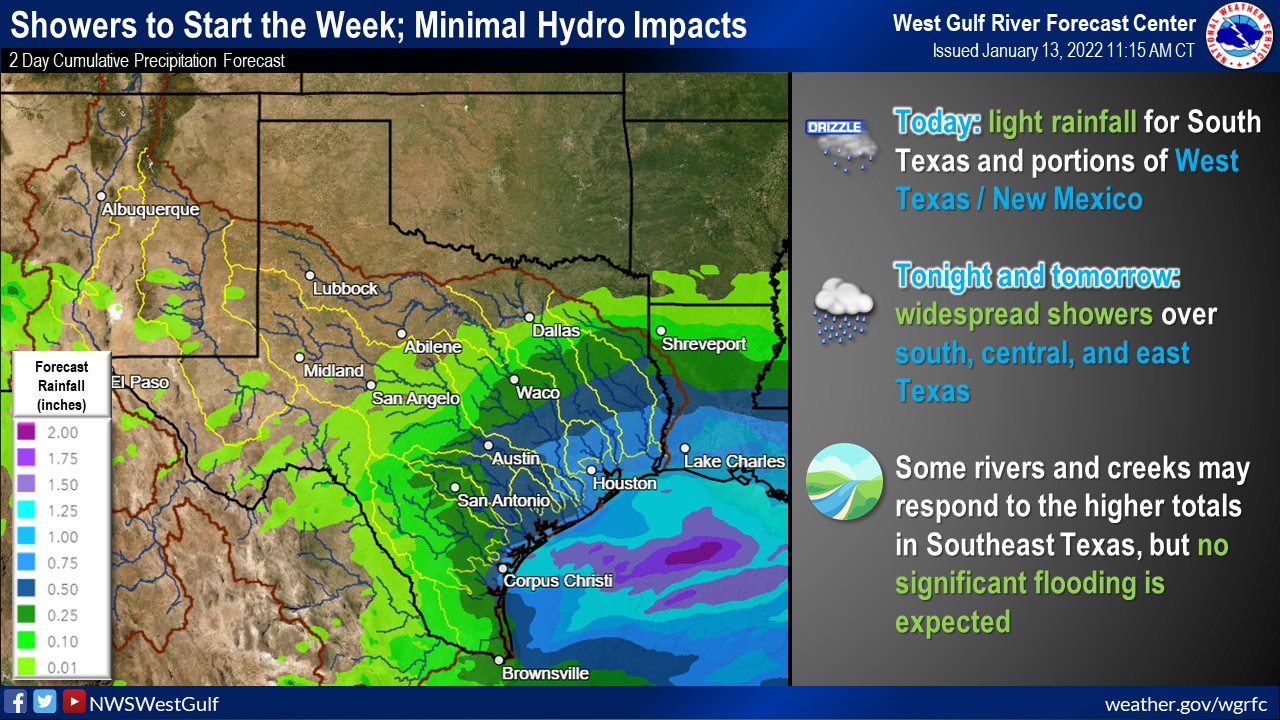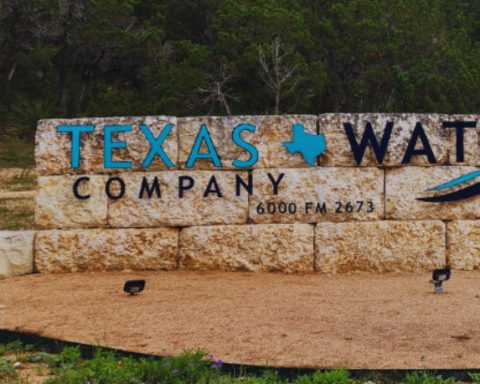What will Spring 2022 bring to Canyon Lake, weather-wise?
The U.S. National Weather Service’s West Gulf River Forecast Center (WGRFC), which tracks river flooding, said in a report it issued Jan. 18 that long-term modeling of the El Nino Southern Oscillation Pattern suggests a return to neutral conditions, “meaning no clear signal leaning wet or dry.”
If that sounds familiar, it should.
It’s similar to last year’s weather pattern, which resulted in an extremely wet spring followed by a very dry fall.
“We look forward to the next year and forecasters at West Gulf River Forecast Center will be there monitoring from the Sabine to the Rio Grande the entire way,” forecasters said.
Their report describes 2021 as “a tale of two halves.”
Last year began extremely wet with significant widespread rainfall from New Mexico to the Louisiana border, causing widespread flooding concerns over several months.
Reservoirs benefited from the wet spring, rising above the 20-year average in June after spending the entire spring below average from dry 2020-21 weather.
According to WGRFC’s report, around mid-summer the “spigot” tuned off and with the exception of a few passing rain events, dry drought-like conditions creeped back into Texas.
As a whole, the wettest region was the coastal bend or deep south Texas, which saw 150 to 200% of normal rainfall. River impacts were greater in the coastal bend area, where more forecasts reached significant levels than deep south Texas, which is well-leveed.
The driest region in 2021 was the Big Bend area of Texas for another year in a row, keeping it at or below 50% of the normal for the entire year.
Last year, WGRFC issued 500 significant flooding forecasts (moderate, major, or record impacts) with only eight casualties. For the second year in a row, Texas was not the state with the most deaths from flooding impacts after leading the country between 2012 and 2019.
However, heading into spring, the news isn’t great for the state’s reservoirs like Canyon Lake.
“Unfortunately, the West Gulf area seems to be back in a dry pattern and will start this year below normal for reservoir capacity and even below levels from 2021,” WGRFC forecasters said in their report. “Without much relief in sight, reservoir levels will be worth keeping an eye on heading into summer of 2022.”




